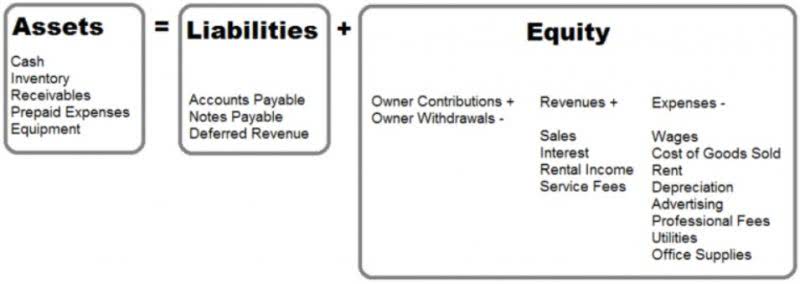Outstanding shares are an important aspect of stock market trading as they have a direct impact on the company’s market capitalization and shareholder equity. The number of shares can fluctuate over time depending on the funding needs and growth trajectory of the company. While a company has a certain number of outstanding shares, not all of those shares are available for trading, since they may be closely held by some https://www.bookstime.com/ (large) investors.

Asset sales, big finance and partnership with a legend 💪

Finally, outstanding shares are different than authorized shares, or the number of shares that a corporation is legally allowed to issue. Outstanding stocks are the shares that how to find number of shares outstanding are actually already out on the market. If you’re a market beginner, learning the ins and outs of stocks will help you get started trading, and making money. Read on to learn how to calculate outstanding shares so you can begin mastering the market. The purpose of the repurchase can also be to eliminate the shareholder dilution that will occur from future ESOs or equity grants.
How comfortable are you with investing?

The number of outstanding shares is also important in calculating other financial metrics such as earnings per share. For instance, stock buybacks may increase the value of the remaining shares of stock and improve metrics such as earnings per share because there are fewer shares outstanding. Companies can use the float to calculate a company’s free float market cap. Remember, this method doesn’t include any locked-in or restricted shares. To calculate this, the share price is multiplied by the total number of publicly available shares.
Types of Stocks You Should Know
The number of outstanding shares can fluctuate in other ways as well. In addition to the stocks they issue to investors and executives, many companies offer stock options and warrants. These are instruments that give the holder a right to purchase more stock from the company’s treasury. Every time one of these instruments is activated, the float and shares outstanding increase while the number of treasury stocks decreases.

Once you have collected the total number of preferred shares, common shares outstanding, and treasury shares, you’re ready to do your calculation. In the above example, if the reporting periods were each half of a year, the resulting weighted average of outstanding shares would be equal to 150,000. Thus, in revisiting the EPS calculation, $200,000 divided by the 150,000 weighted average of outstanding shares would https://x.com/BooksTimeInc equal $1.33 in earnings per share. Floating stock is a narrower way of analyzing a company’s stock by shares. It excludes closely held shares, which are stock shares held by company insiders or controlling investors. These types of investors typically include officers, directors, and company foundations.
- Therefore, the shares outstanding after that date (and retired on 1 September) are not the same as those that existed prior to that date.
- All companies must report their common stock outstanding on their balance sheet.
- The total number of shares in circulation increases or decreases according to the stock split’s exchange ratio.
- The image below shows a section of Apple’s (AAPL 1.25%) balance sheet from 2016 through 2020.
- In other terms, shares held by any market participant (Retailers, HNIs, and Institutional investors) and company insiders are called outstanding shares.
- In the financial landscape, outstanding shares represent the total number of shares a company has issued and is currently held by shareholders.
- The market cap is calculated by multiplying the current market price per share by the total number of outstanding shares.
- These are instruments that give the holder a right to purchase more stock from the company’s treasury.
- Stock splits are usually undertaken to bring the share price of a company within the buying range of retail investors; the increase in the number of outstanding shares also improves liquidity.
- 600 shares are issued as floating shares to the general public, 200 are issued as restricted shares to company insiders, and 200 are kept in the company’s treasury.
- There is no specific formula, the calculation needs to be done by hand or with a computer program.
A company’s number of shares outstanding refers to the total amount of shares it has issued. Not only does this include the shares available to be bought and sold by the public, but also included in this number are the restricted shares held by institutional investors and company insiders. Shares outstanding refers to the number of shares of common stock a company has issued to investors and company executives.